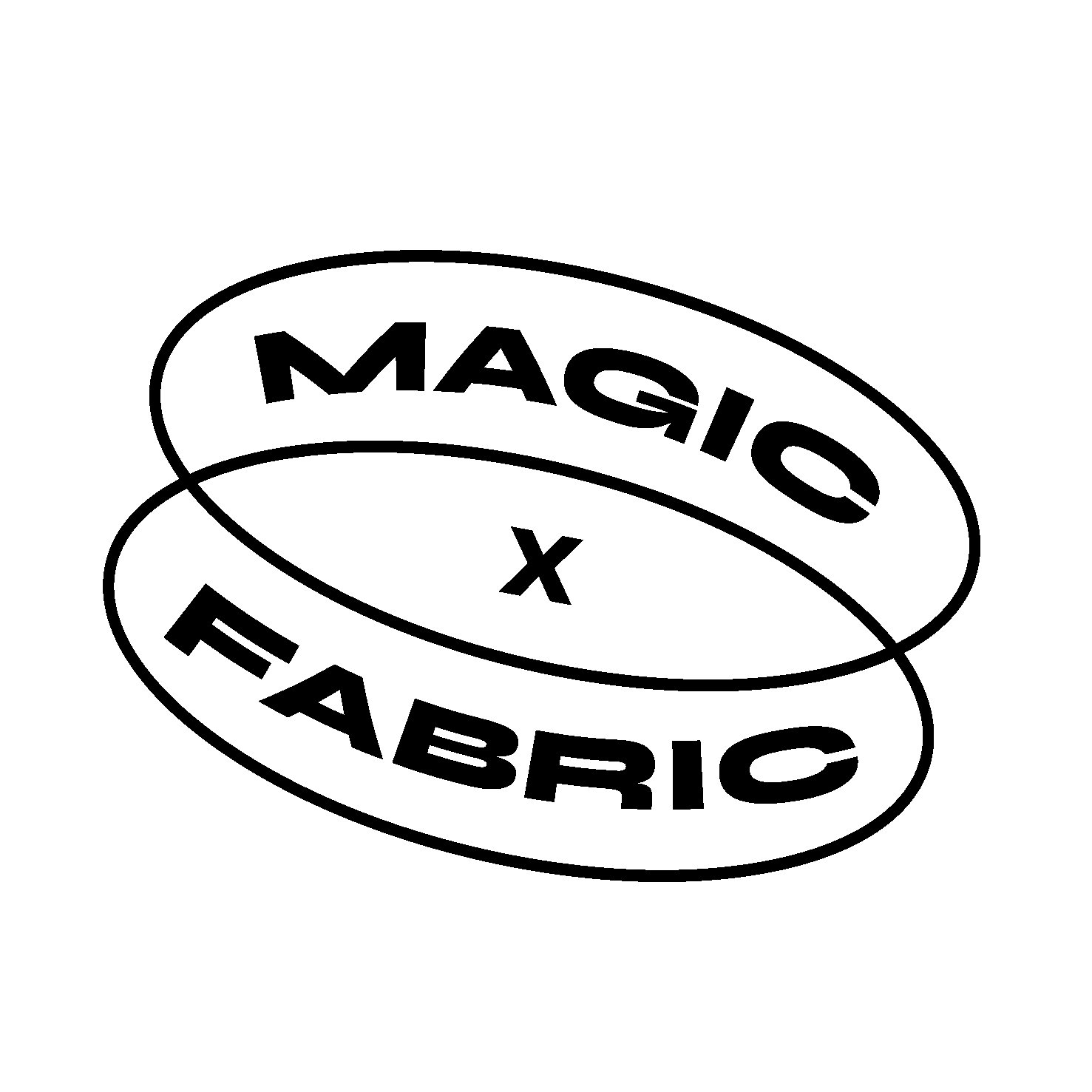Manipulating Images like Magic – DragGAN
Artificial intelligence (AI) is revolutionizing the field of picture manipulation and pushing the envelope of what is possible. With DragGAN, users can add components, change clothes, or close eyes by dragging points on the image, all while keeping the image’s realistic appearance as near to the original as possible.
With DragGAN, image editing technology has advanced significantly. The tool is not publicly accessible; instead, it is a research article created by scientists from MIT, Google, and the Max Planck Institute of Informatics.
DragGAN uses a generative adversarial network (GAN) that has been trained beforehand to ensure that alterations remain realistic. This implies that even major changes made to the source photos will not compromise their natural, real appearance.

Adversarial training, in which the network’s generator and discriminator components collaborate to improve picture production and classification, is what gives DragGAN its remarkable abilities. The goal of the generator is to produce images that are so lifelike that not even a discriminator with training on real-fake identification can tell the difference. Both components perform better through this iterative approach, increasing the limits of what DragGAN can accomplish.
In practical terms, this can mean that a user opens a face in an image, extends a short dress into a long dress, or alters a body’s stance while maintaining the image’s genuine appearance.
The potential impact of products like DragGAN on Adobe Photoshop, the industry leader, is substantial because they open up completely new possibilities for picture editing and manipulation. In the sphere of picture editing, the introduction of DragGAN and possible AI rivals is an intriguing development. The field of picture modification is changing dramatically as a result of AI tools. The ease with which DragGAN can edit photos without losing their authenticity is impressive. It presents us with a chance to reevaluate the limits of creativity in visual storytelling. We cannot, however, ignore the ethical and genuine problems that this paradigm shift raises. It’s becoming harder to distinguish between real material and manipulative content, which raises questions about how to properly deploy these kinds of tools.




